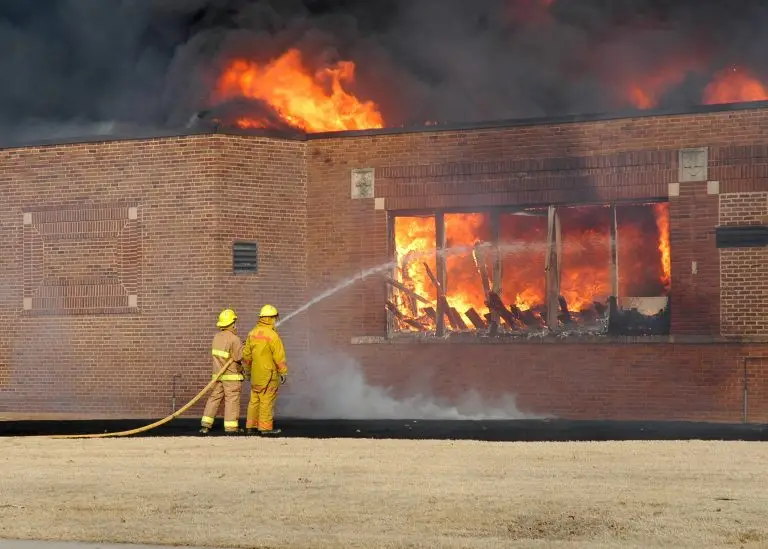Why would Congress add more dangers to firefighting?
Published in The Washington Times
By Kevin O’Connor

Analysis/Opinion
Among the many things firefighters learn in the field is that plastic burns hot and fast. It is a combustible material and releases toxic smoke and gases when burned.
When fighting fires, we face major health risks due to inhaling these toxic fumes. In large part, because it can make our jobs harder and more dangerous in the event of a fire, cities like New York and San Francisco actually prohibit the use of plastic piping in buildings with higher fire risk, like what we find in many high-rise apartment complexes.
A 2019 International Association of Fire Fighters (IAFF) statement (also signed by the UA) highlighted that plastic piping is a dangerous material in construction that causes airborne and waterborne contamination. Additionally, the IAFF notes that gasses released from plastics can cause long-term health risks to workers exposed to these products.
Between those health concerns for first responders and the environmental issues giving rise to bans being put into place to reduce plastic waste from bags and straws, it is no wonder that plastic manufacturers are feeling pressure to change their public image.
The industry has undertaken a new campaign to rebrand their products and has worked to support several pieces of legislation in Congress that essentially boil down to the government picking winners and losers in the materials used in infrastructure projects.
Who are the losers? My firefighting colleagues, who will end up facing more plastic when they respond to a call.
If the plastics industry is successful, it would inject plastic into new buildings, water pipes that carry clean drinking water and water we use to put out fires, and even our bridges and roads. As a firefighter, I can tell you that littering America’s infrastructure projects with more plastic would be extremely hazardous to firefighter safety and would make it harder to combat large fires.
Read the full article in The Washington Times
Kevin O’Connor is regarded as one of organized labor’s most effective strategists. He began his career as a firefighter and an advocate at local and state levels. O’Connor rose through the ranks and was appointed various positions of leadership within the International Association of Fire Fighters. Kevin was also elected to chair the National Advisory Council of the Congressional Fire Service Institute. He became the first union official to hold the post and was subsequently awarded the highest honor, the Mason Langford Lifetime Leadership award.
